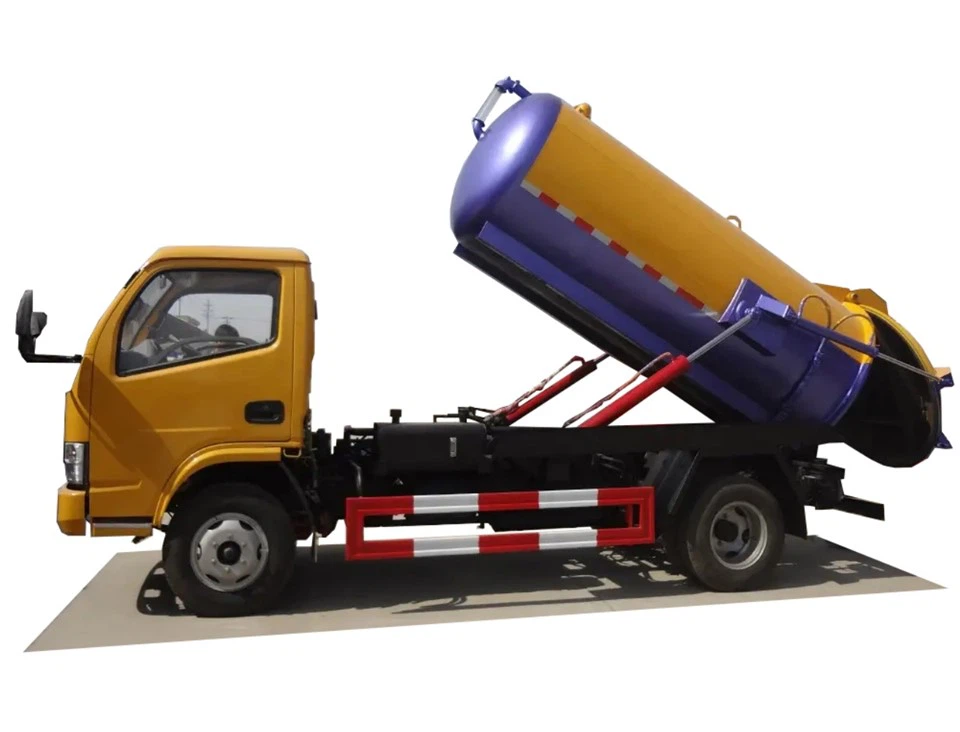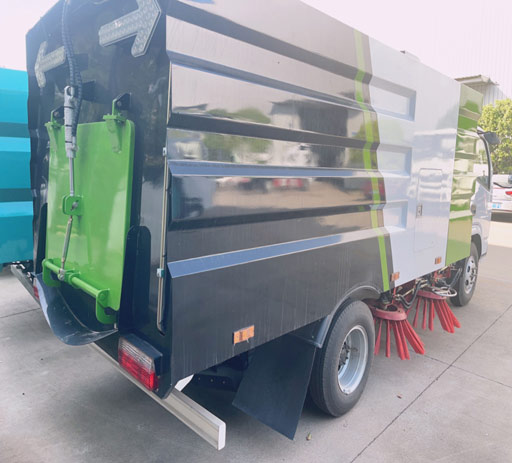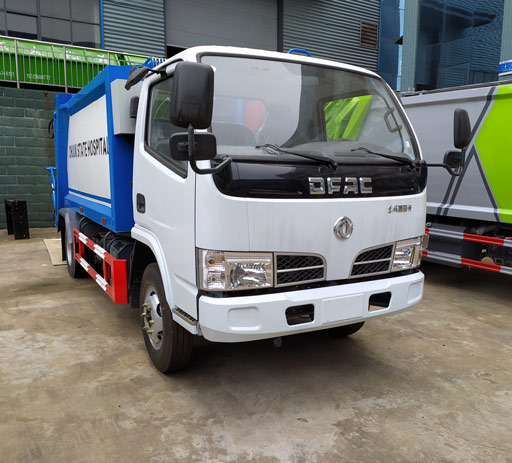Camel Truck: The Versatile Transportation Solution for Every Need

Introduction
The camel truck, a unique and versatile vehicle, has emerged as a popular choice for transporting goods across various terrains. Combining the old-world charm of camel transport with modern engineering, camel trucks are designed to tackle the challenges of rugged landscapes. This article delves into the features, benefits, uses, and maintenance of camel trucks, providing readers with an in-depth understanding of why this vehicle is an invaluable asset in many regions, especially in areas with limited infrastructure.
What is a Camel Truck?
A Definition
A camel truck is a type of vehicle that is specially designed for transporting goods in regions where conventional trucks may struggle due to difficult terrain. These trucks usually have features inspired by both camels and traditional trucks, allowing them to carry heavy loads over sandy, rocky, or uneven surfaces.
Key Features of Camel Trucks
- High Ground Clearance: Camel trucks are built with high ground clearance to navigate through sandy or rocky terrains.
- All-Terrain Capability: Equipped with specialized tires, these trucks can handle various types of surfaces.
- Durability: Built with robust materials, camel trucks resist wear and tear from challenging conditions.
- Large Cargo Space: These vehicles can carry substantial loads, making them suitable for commercial transportation.
History of Camel Trucks
The Evolution of the Camel Truck
The concept of using camels for transportation dates back thousands of years. As civilizations evolved, so did the means of transport. The camel truck represents a modern adaptation that merges traditional methods with contemporary technology. Initially, the camel was the primary mode of transport in many arid regions, providing a reliable means of moving goods. With industrialization, the need for more efficient transportation solutions led to the development of camel trucks.
Applications of Camel Trucks
1. Agricultural Use
Camel trucks are widely utilized in agricultural settings, especially in farming communities located in remote areas. They are capable of transporting crops, livestock, and farming equipment.
2. Construction and Mining

In construction sites and mining operations, camel trucks are ideal for transporting heavy materials and equipment due to their durability and off-road capabilities.
3. Logistics and Supply Chain
In regions where conventional logistics networks fall short, camel trucks facilitate the movement of goods through challenging environments, ensuring timely delivery.
4. Humanitarian Aid
During humanitarian missions, especially in disaster-stricken areas, camel trucks are utilized to deliver supplies where traditional vehicles may not reach.
Benefits of Using Camel Trucks
1. Versatility
Camel trucks can adapt to various terrains and weather conditions, making them suitable for diverse operations.
2. Economic Efficiency
By using locally available resources and requiring less fuel compared to larger trucks, camel trucks can lower transportation costs significantly.
3. Environmental Sustainability
Opting for camel trucks over traditional diesel trucks can reduce carbon footprints, especially in fragile ecosystems.
4. Cultural Relevance
In regions with a strong cultural connection to camels, these trucks maintain that heritage while providing modern solutions.
How to Choose the Right Camel Truck
When selecting a camel truck for your needs, consider the following factors:
- Load Capacity: Evaluate the maximum weight you need to transport.
- Terrain Type: Different trucks handle different terrains. Choose one suited for your specific environment.
- Maintenance and Parts Availability: Availability of spare parts and servicing is crucial for long-term operation.
- Fuel Efficiency: Assess the fuel consumption to ensure economic viability.
Maintaining Your Camel Truck
1. Routine Inspections
Conduct regular inspections to ensure parts are functioning correctly; check brakes, tires, and engine performance.
2. Cleaning and Lubrication
Keep your truck clean to prevent buildup from dust and debris. Regularly lubricate moving parts to enhance longevity.
3. Tire Maintenance
Rotate and check tire pressure frequently. Ensure the tires are suitable for the terrain you are navigating.
4. Fueling Practices
Use quality fuel and adhere to the recommended fuel types for optimal performance.
Real-Life Examples of Camel Truck Usage
Case Study: Agricultural Transport in the Sahara
Farmers in the Sahara desert utilize camel trucks to transport watermelons and melons across vast distances. The trucks withstand the sandy terrain, allowing farmers access to markets that would otherwise be unreachable.
Case Study: Humanitarian Aid in Conflict Zones
Organizations like the Red Cross have employed camel trucks in war-torn regions to deliver essential supplies, demonstrating the vehicle’s agility in complicated landscapes.
Future Trends in Camel Truck Technology
1. Hybrid Camel Trucks
Developments in hybrid technology may enhance efficiency, reducing reliance on traditional fuels while maintaining robust functionality.
2. Enhanced Navigation Systems
The integration of advanced navigation systems will improve route optimization in rugged terrains, ensuring timely delivery.
3. Sustainable Materials
Future designs may focus on utilizing sustainable materials in construction, thereby aligning with global eco-friendly initiatives.
FAQ
1. What kinds of goods can a camel truck transport?
Camel trucks can transport a variety of goods including agricultural products, construction materials, and humanitarian supplies.
2. How do camel trucks compare to traditional trucks in terms of cost?
Camel trucks can offer lower operational costs due to reduced fuel consumption and maintenance expenses, especially in hard-to-reach areas.
3. Are camel trucks suitable for urban environments?
While camel trucks excel in off-road and rugged conditions, they may not be ideal for urban environments due to size and maneuverability constraints.
4. What is the average lifespan of a camel truck?
With proper maintenance, the average lifespan of a camel truck can range from 10 to 15 years, depending on usage and conditions.

5. How do I find reliable parts for my camel truck?
Check with local dealers, online marketplaces, and specialized distributors who cater to off-road vehicle parts for reliable replacements.

6. Can camel trucks operate at night?
Many camel trucks can be fitted with lighting systems that enable safe navigation and operation at night, although it is essential to ensure routes are clear and safe.
